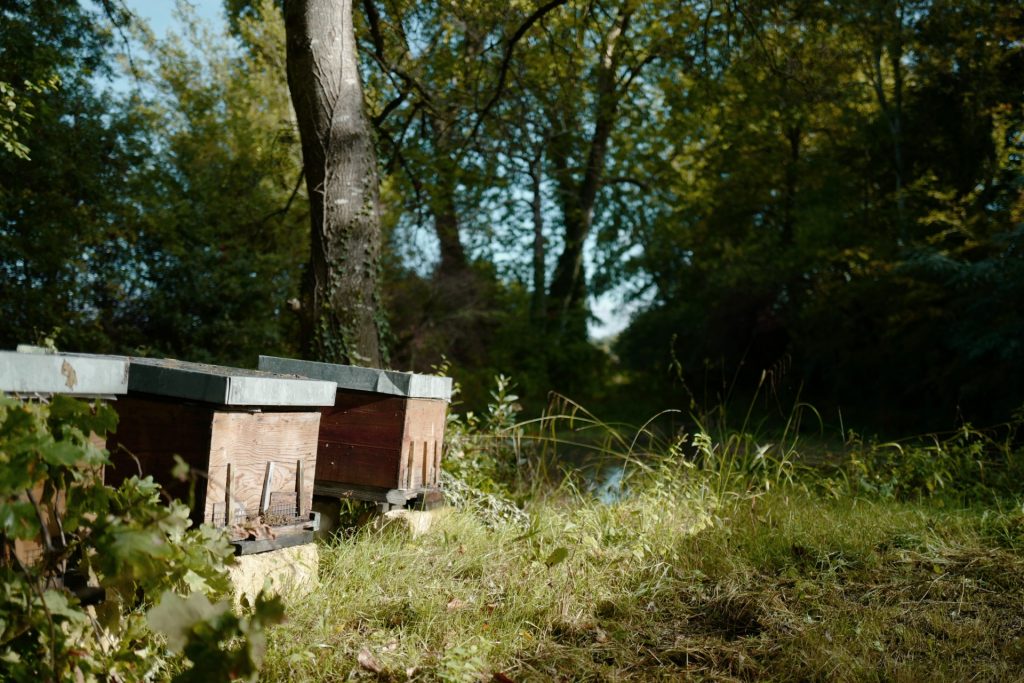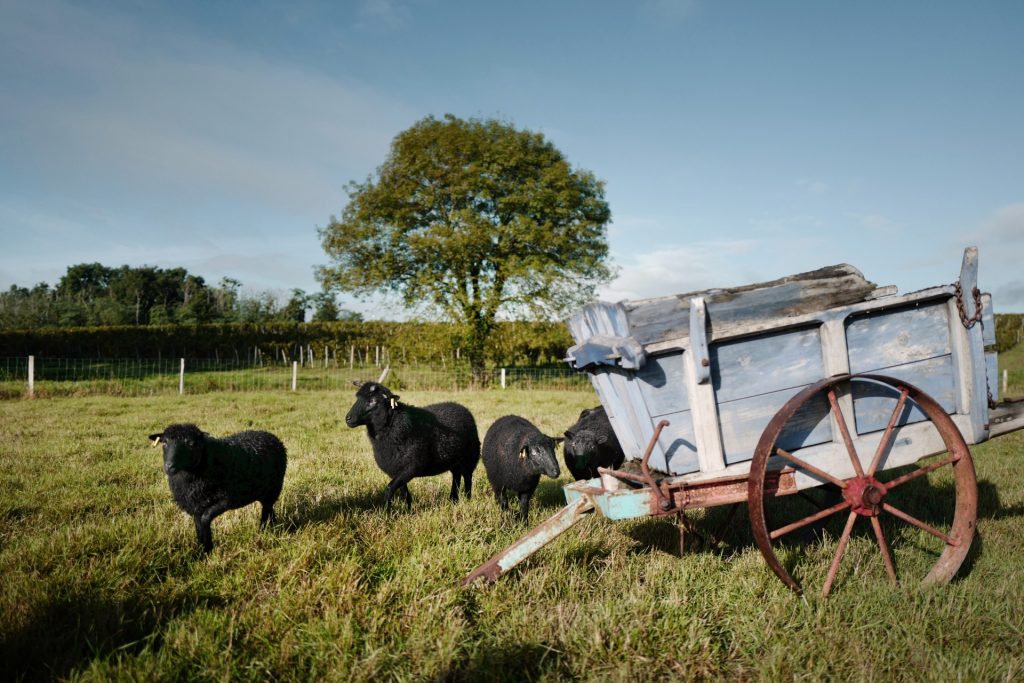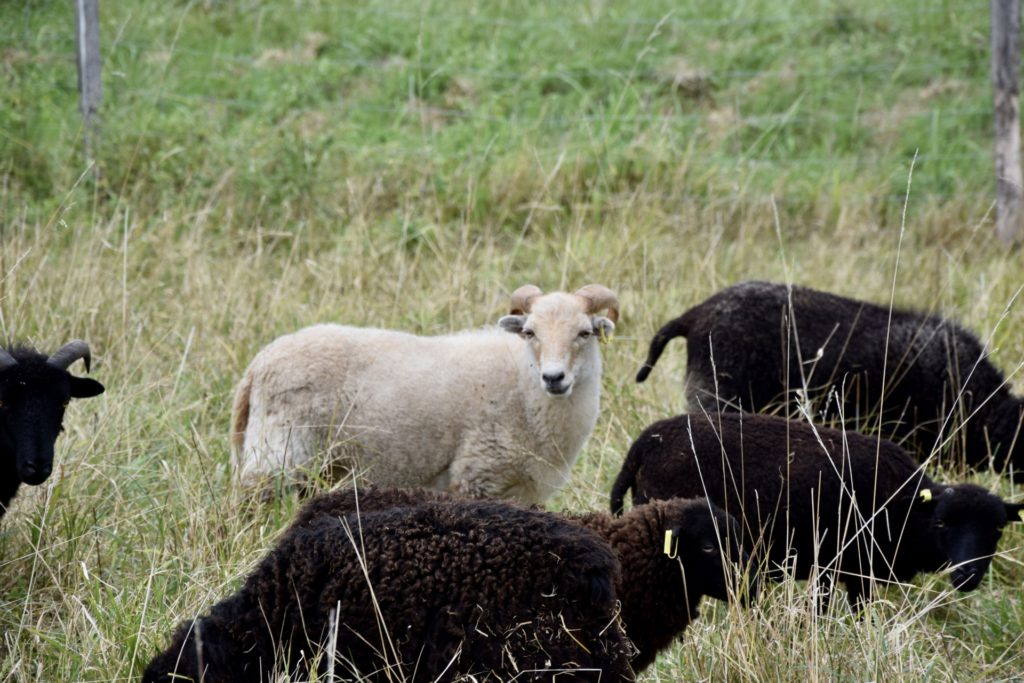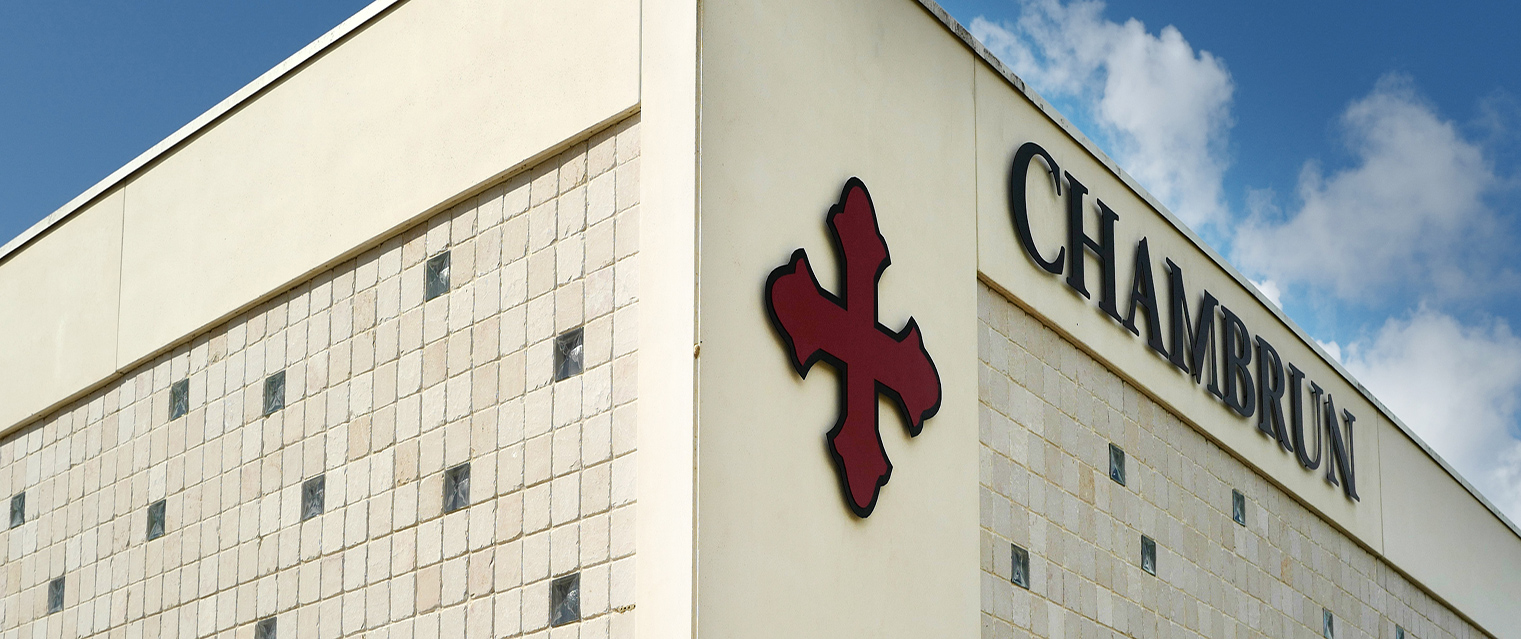
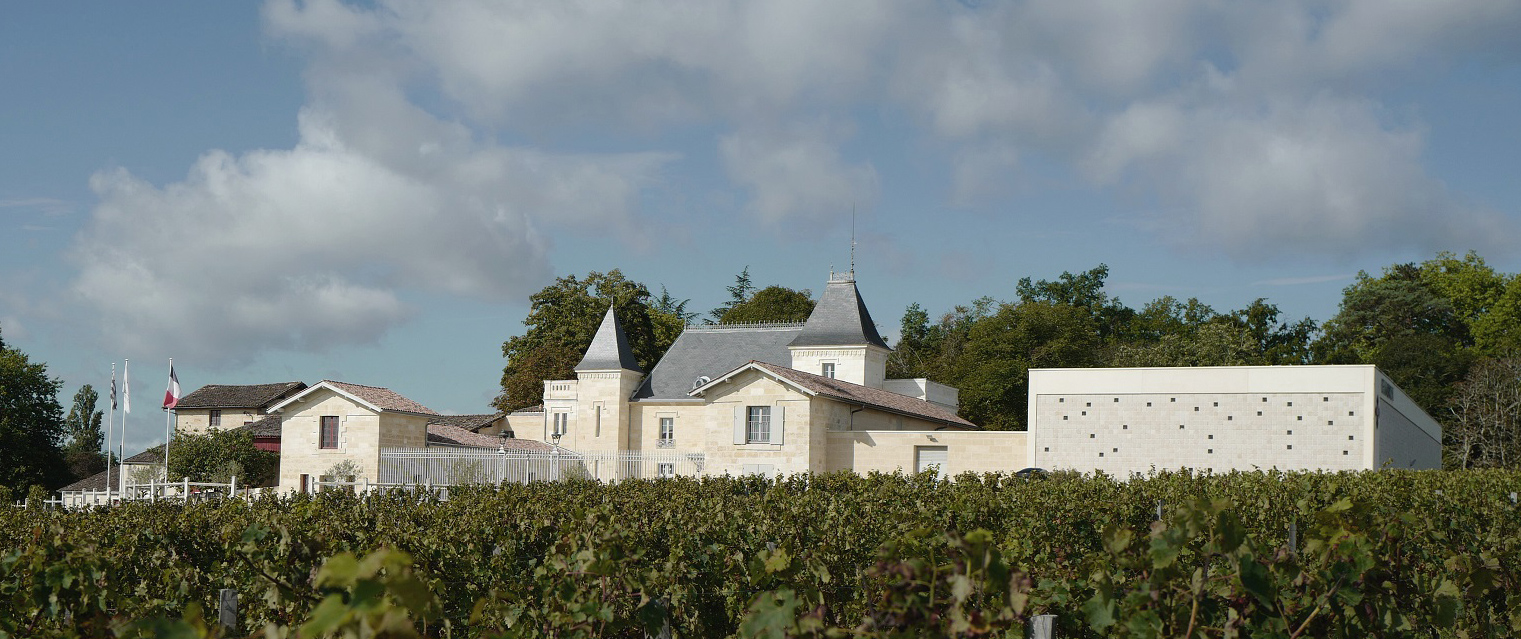
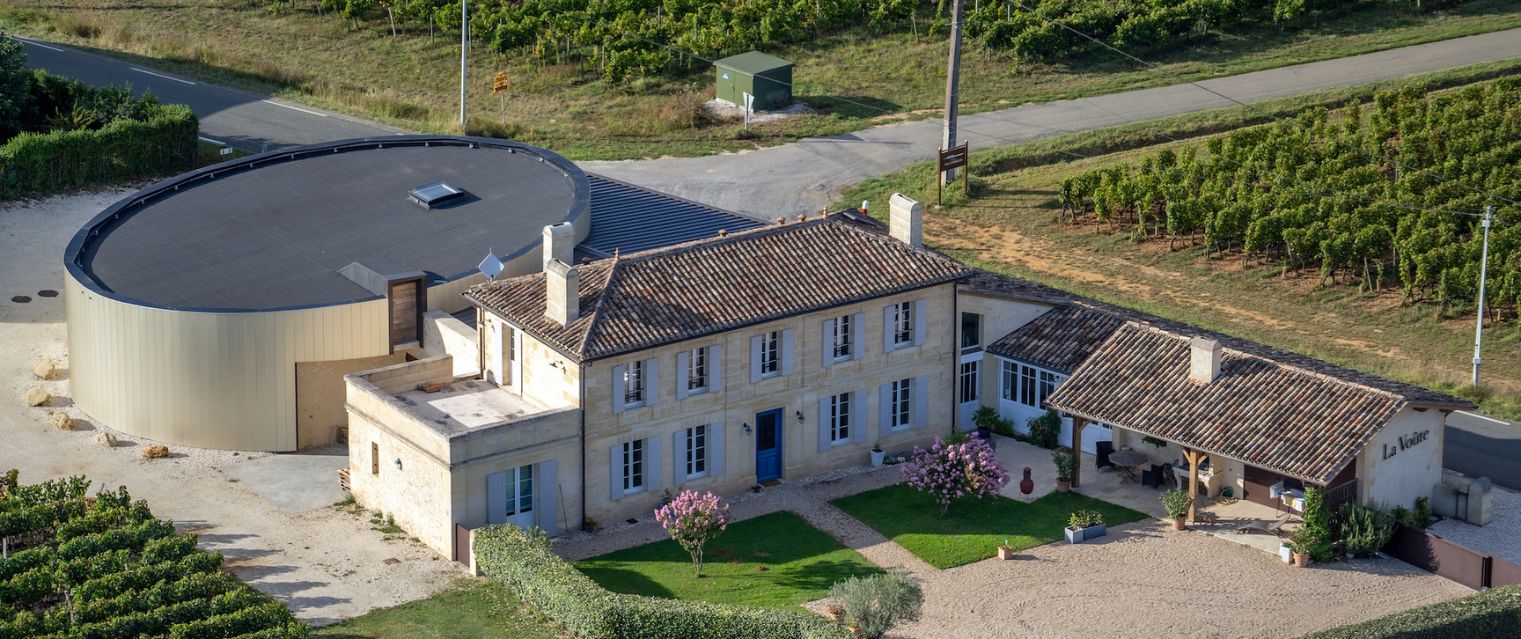
Les Domaines de Moncets
Château Moncets
AOC Lalande de Pomerol
Created in 1770, the Château Moncets estate is our oldest vineyard and bears the name of the Général de Moncets who bought it in 1872. Repurchased many years later in 2012 by a French Britain owner, the vines and cellars have since been fully renovated and rehabilitated in order to sustain the estate and thus integrate into it a second vineyard, Château de Chambrun.
The production of Chateau Moncets has evolved with a new purified packaging style and a winemaking process focus on a fresher and fruitier style. Today, Château Moncets regroups 21 parcelles on dark clay for a total of 19 hectares.
Moncets’ topography, with positions facing east, west and south, highlight an incredible abundance of micro-climates and a terroir suitable for enhancing the Merlot and Cabernet Franc grape varieties. At the same time, its characteristics that make it a unique terroir, allow us to carry out an extremely thorough intra-plot selection.
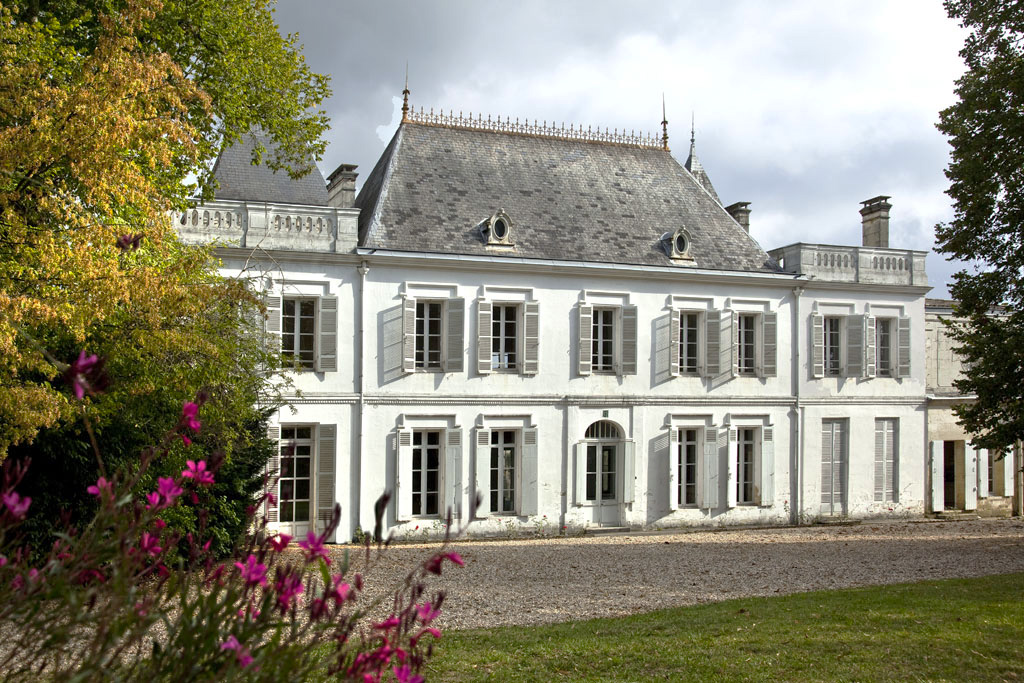

Les Domaines de Moncets
Château de Chambrun
AOC Lalande de Pomerol
The Chateau Chambrun property was established between the World Wars by the Cholet family when it was known as “Clos de Chambrun”, a name originating from one of the plots called “Champ Brun” or “Brown Field” in English. The This property belonged to Jean-Philippe Janoueix until 2007, then to Silvio Denz until 2015.
It is now our flagship vineyards and represents a new generation of winegrowing at our estates, in turn having provided remarkable benefits since its revitalisation in 2015. We have also preserved for the Chambrun and Moncets label design the Templars’ Cross, the historic symbol of the Pomerol appellations.
As of 2019, the area of Chateau de Chambrun is spread out over 13.80 hectares.
These 23 plots are dispatched in 5 different areas all implanted on the gravely clay terroir of Neac village, the exact continuation of the “plateau” of Pomerol across the appellation border. Mostly Merlot with a high quality due to its homogeneity coming from large massal selection restructuration.
Since 2009, one of the plots located at the foothill of the church of Néac and on the continuity of the plateau of Pomerol is used to elaborate the cuvée “Le Bourg”. Old merlots vines on gravels and blue clay soil.
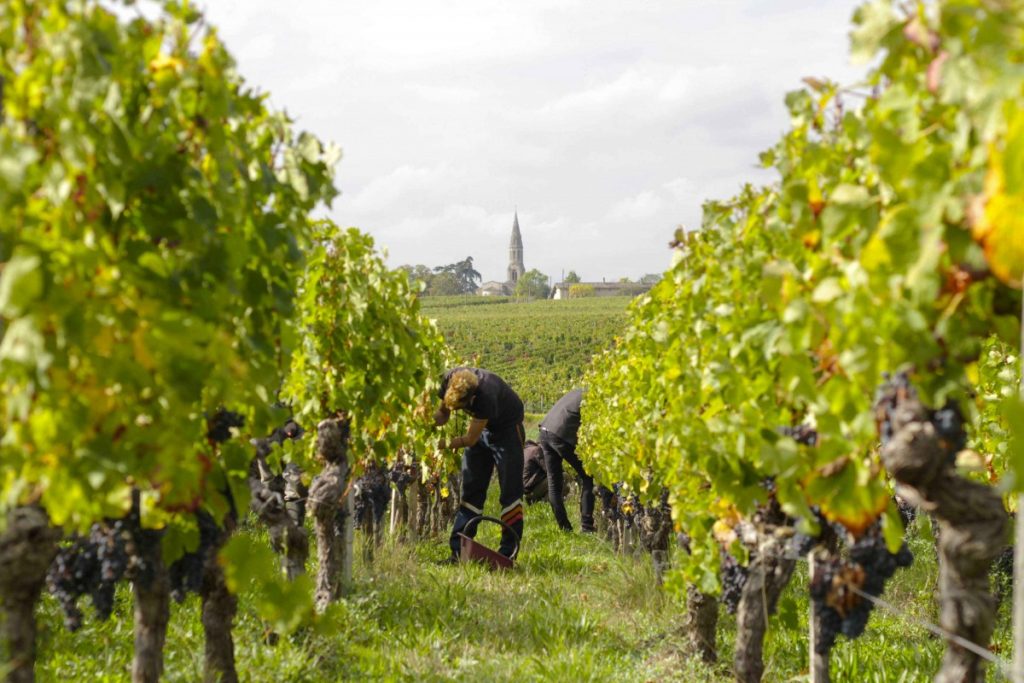
Les Domaines de moncets
Château La Bastidette
AOC Montagne Saint Emilion
This wine comes from our 7 Merlot parcels all located in the western “black clay” zone of the Montagne Saint-Émilion appellation.
These 5.36ha has long been a part of the Château Moncets wine range and now embodies the pure expression of this grape variety on one of the finest terroirs of the Right Bank.
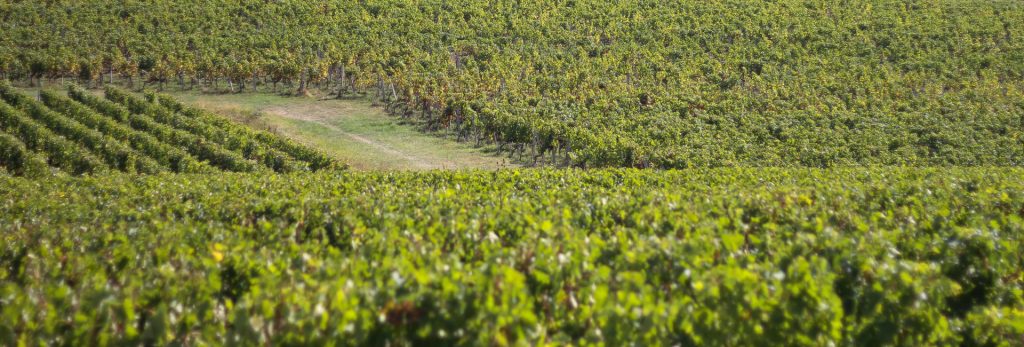
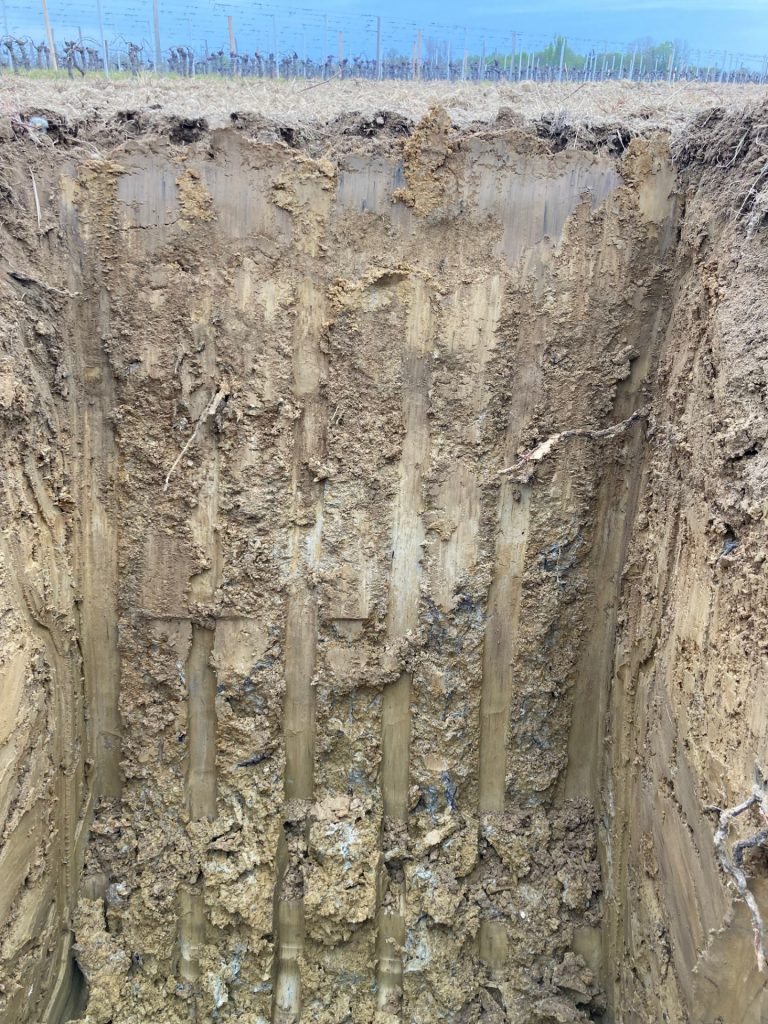
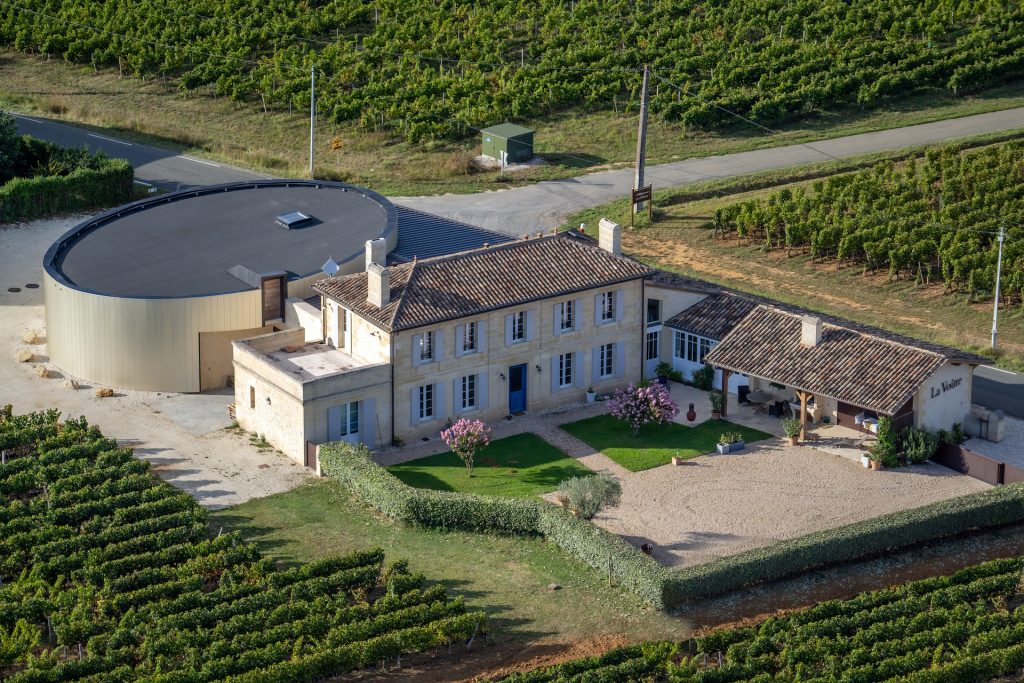
Les domaines de moncets
Château La Voûte
AOC Saint Emilion Grand Cru
Château La Voûte is the most recent estate to join the Moncets group.
It is a 3.93-hectare jewel box, with 1.42 hectares planted on the highest point of Saint-Étienne-de-Lisse, in the heart of the Saint-Émilion AOC.
Perched at an altitude of 91 meters, this exceptional terroir is home to old Merlot vines overlooking a prestigious landscape that includes renowned estates such as Château Valandraud, Château Péby Faugères, and Château de Pressac.
The soil, topped by a thin layer of red clay about 20 cm deep, sits upon a limestone plateau rich in asteriated fossils. This unique geological makeup allows the grape variety to fully express its aromatic depth and tannic elegance, while maintaining remarkable freshness.

Moncets & Chambrun
The Revival
Over the last few years, Bordeaux and its environs have entered a new erea of success both economically and in tourism. Vineyards Moncets & Chambrun look to harness this new regional impetus through the development and realisation of its own potential. It is our intention to establish the vineyards as being the diversification of tourist activities at our vineyard and to offer our visitors a truly unique biodiversity experience.
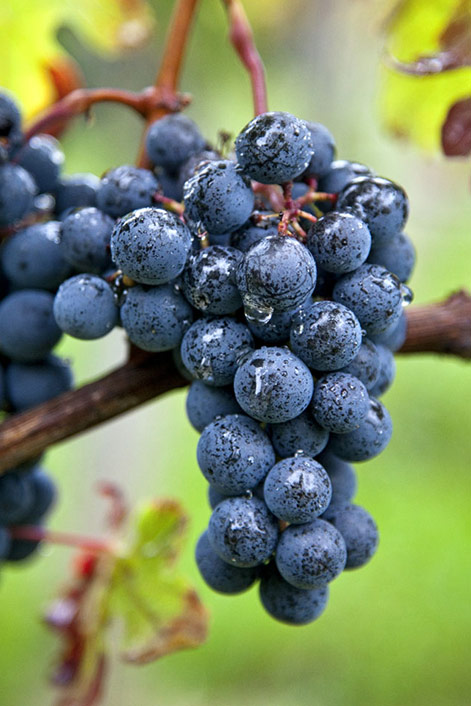
Moncets & Chambrun
The team
Our passionate and dynamic team is dedicated to the development of Vignobles Moncets and Chambrun.
From left to right:
Cyril Nourrisseau, Jérôme Audebert, Marion Meyer-Michel, Jérômine Clos, Julien Duprat, Nicolas Ballet, Bruno Chaminade, Cécile Fromentier, Amy Diviney, Julien Noël.
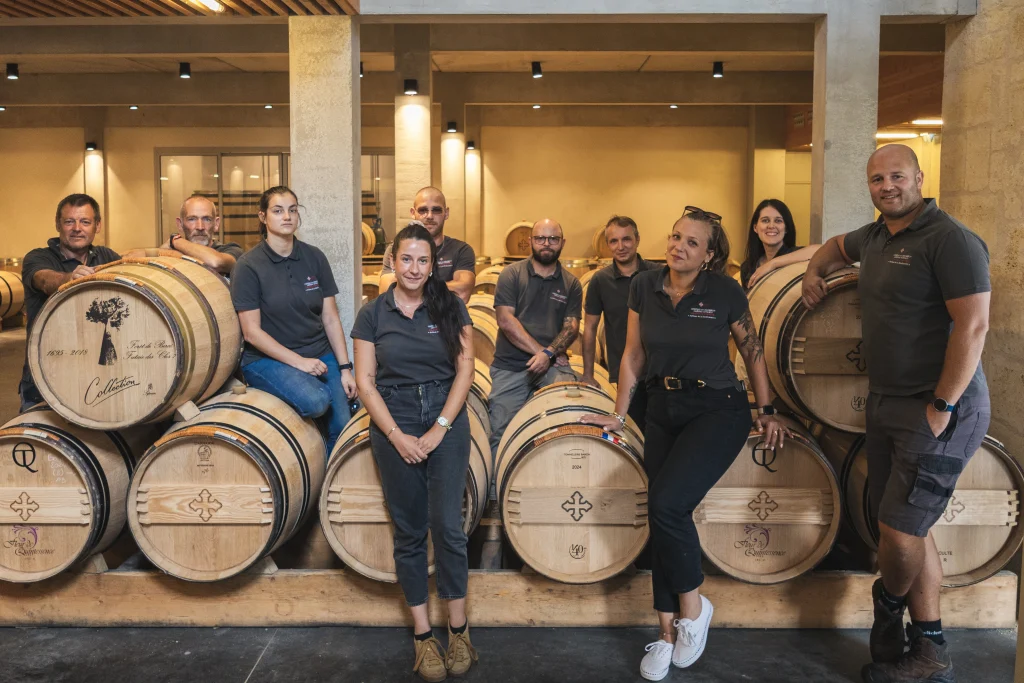
Julien Noël
Managing director
After graduating from the School of Viticulture and Œnology at “Château La Tour Blanche” in his hometown of Sauternes, he earned a Bachelor’s Degree in Wine Business and Marketing from the “International Wine Institute – INSEEC” in Bordeaux.
Julien made his way as assistant winemaker during 2 years in the Graves area and then abroad as a wine retail store manager in New Zealand.
Upon his return to Bordeaux in 2012, Julien took over export management for several estates in the vineyards of southern Bordeaux.
In 2016, he joined Moncets and Chambrun as business manager before to become managing director in 2019
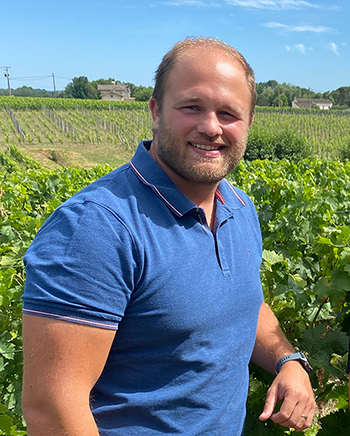
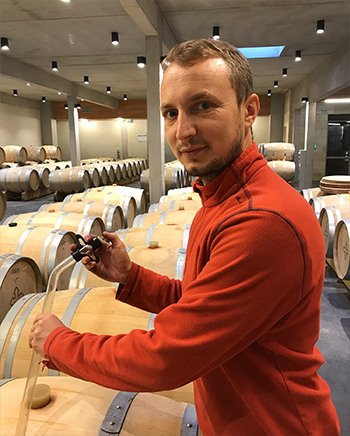
Bruno Chaminade
Cellar master
Truly man of the Libourne vineyard, Bruno was graduated of La Tour Blanche and Montagne Saint Emilion schools while is he was doing in intership at Vignobles Comtes Von Neipperg.
After 3 months in a cellar in Australia, Bruno has started his cellar master career with 2 successful experiences in 2 top Grand Crus Classes vineyards in St Emilion. Château Teyssier 2005-2011 and Château de Pressac 2011-2018.
He joined Moncets and Chambrun vineyards in April 2018.
Nicolas Ballet
Vineyard manager
Originally from Charente, Nicolas moved to Bordeaux in 2001, where he trained at several renowned estates, including Grand Cru and Grand Cru Classé properties located on the Saint-Émilion plateau.
In 2010, he was recruited by the Rothschild group to manage the vineyards of the prestigious Château l’Évangile in Pomerol.
In 2015, he returned to Saint-Émilion to take over the technical management of an ambitious project led by a foreign investor, with the expert guidance of Jean-Claude Berrouet, the iconic former director of Pétrus.
Nine years later, he joins our project with great enthusiasm.
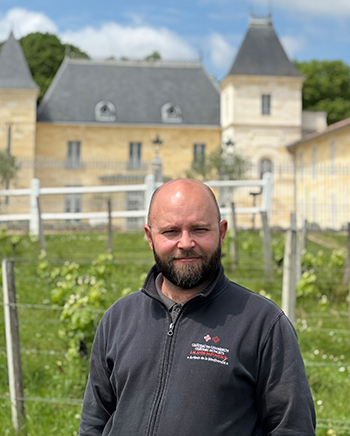
Moncets & Chambrun
Organic Winegrowing
In addition to the integrated viticulture (or “lutte raisonnée”) having been applied to our vineyards over the last several years, we are in the process of gaining organic farming certification.
Indeed, the conversion of a Bordelais vineyard into organic production takes time, much energy and plenty of determination, with our vineyards’ transition enduring 3 years of strict application of the “AB” rules.
This was a decision we took earlier this year, one eventually following 2012’s comprehensive vineyard and cellar restructuring, the result of which being that our passionate and dynamic team can now work in a very respectful and generous environment – one that has already given us so much. In this way, we can guarantee a better future for our centuries-old vineyards.
